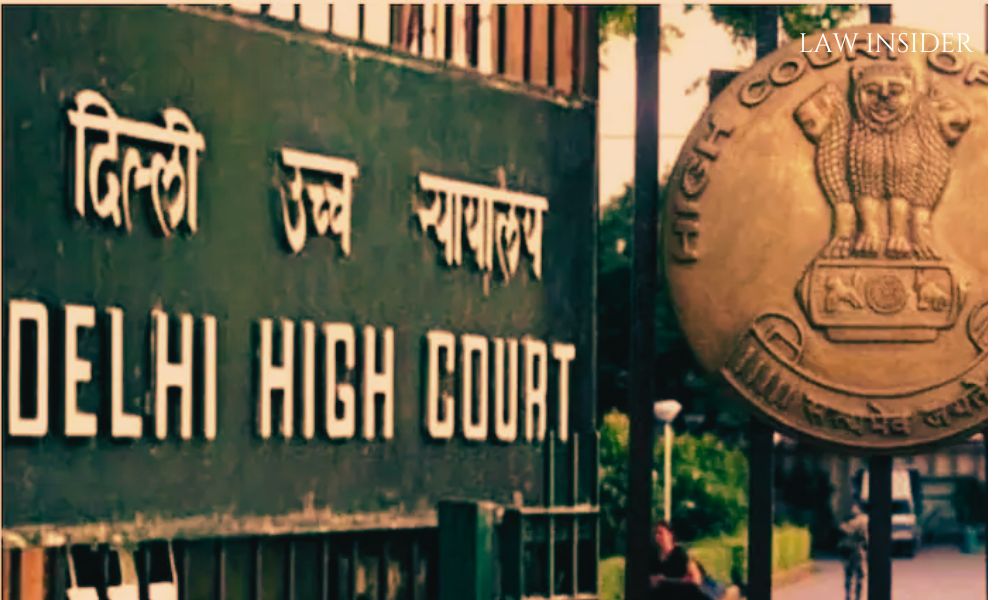LI Network
Published on: 16 August 2023 at 10:50 IST
To commemorate this year’s Independence Day, The Delhi High Court has launched a series of groundbreaking digital projects aimed at enhancing accessibility and efficiency within the legal system.
One of the notable initiatives is the introduction of a “Web Accessibility Compliant Cause List,” specifically designed to cater to visually impaired litigants, lawyers, and the general public. This novel feature allows seamless access to the Delhi High Court’s cause list through various text-to-speech software applications, ensuring that visually impaired individuals can effortlessly retrieve essential information.
The initiative was driven by the Accessibility Committee led by Justice Rajiv Shakdher, who collaborated with visually impaired advocates Rahul Bajaj and Amar Jain to ensure its efficacy.
This endeavor is just one among several cutting-edge information and communication technology (ICT) projects launched by the High Court on this occasion. Chief Justice Satish Chandra Sharma inaugurated the initiatives, accompanied by Justice Shakdher, Chairman of the High Court’s Information Technology Committee, along with other esteemed judges, Justices Sanjeev Sachdeva, Sanjeev Narula, and Purushaindra Kumar Kaurav.
The innovations introduced encompass the following key elements:
1. New District Court Websites on S3WaaS Platform: The Delhi District Courts now feature ten revamped websites built on the Secure, Scalable, and Sugamya Website as a Service (S3WaaS) platform. In contrast to the previous Drupal-based websites, these platforms adhere to Guidelines for Indian Government websites (GIGW Compliance).
They employ Open-Source Technology, offer integrated search functionalities, and prioritize accessibility compliance, enabling visually impaired individuals to access documents easily. Furthermore, the migration of data from the earlier websites to the new platform ensures seamless continuity.
2. Streamlined Sharing of Trial Court Records (TCR): The conventional method of sharing trial court records (TCR) via CDs has been replaced with an advanced SSL VPN-based platform. This transformation resolves issues related to CD corruption and damage, allowing district courts to seamlessly transmit digital TCRs to the High Court. Subsequently, these records undergo verification and become integral parts of case files for court proceedings.
3. Enhanced Accessibility of Cause Lists: In alignment with the Supreme Court of India’s E-Committee’s Standard Operating Procedure for documents accessible to individuals with disabilities, the Accessibility Committee of the Delhi High Court has revamped the cause lists to adhere to web accessibility standards.
This ensures that the visually impaired community can access cause lists without impediments. Furthermore, similar Accessibility Committees are being established in all Delhi district courts, with information about their formation accessible on respective court websites.
The Delhi High Court’s continuous efforts to integrate technology with legal proceedings are exemplified by its prior initiatives, including e-filing, e-Inspection of records, Digital Traffic Courts, and Hybrid e-Seva Kendra.

